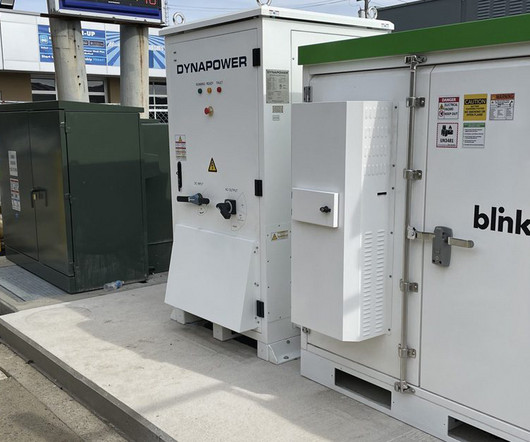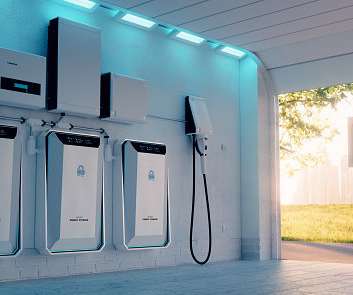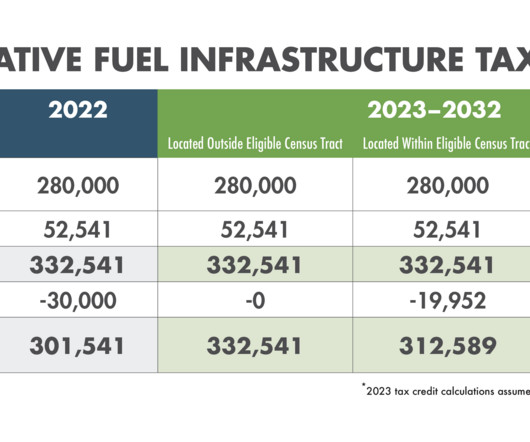Mass. startup licenses PNNL’s vanadium redox flow battery technology
Green Car Congress
JANUARY 27, 2014
A Massachusetts startup has signed a license agreement with Battelle to commercialize battery technology that can help store large amounts of renewable energy and improve the reliability of the nation''s power grid. This is the third and final license granted for PNNL’s technologies to all-vanadium, mixed acid redox flow battery developers.
































Let's personalize your content